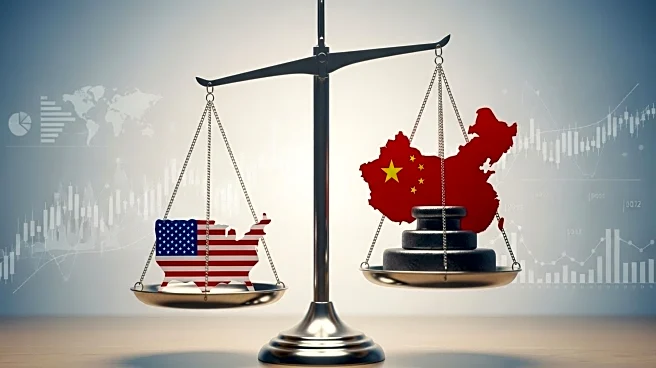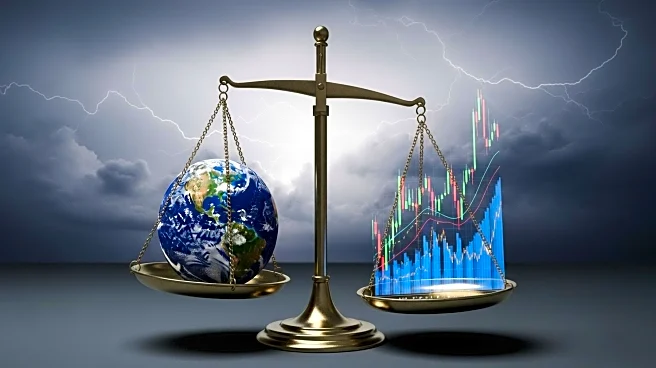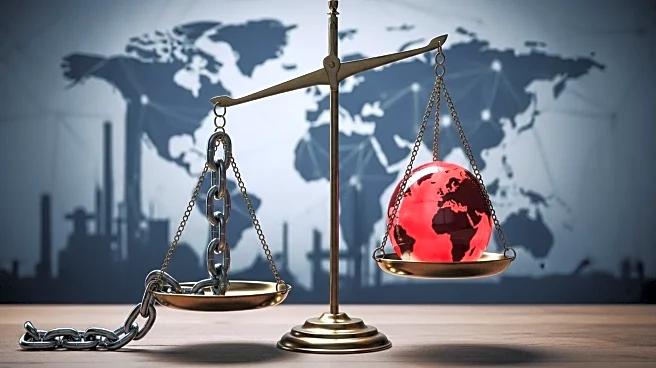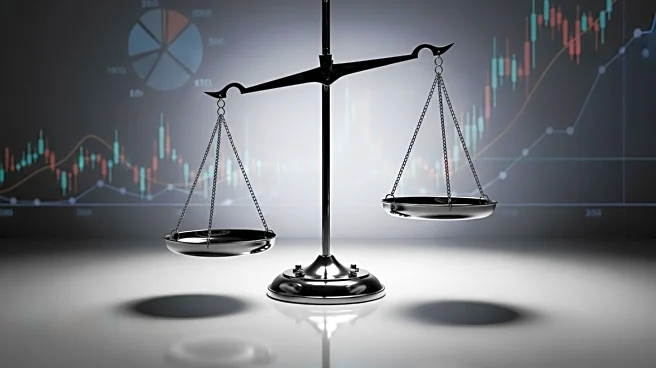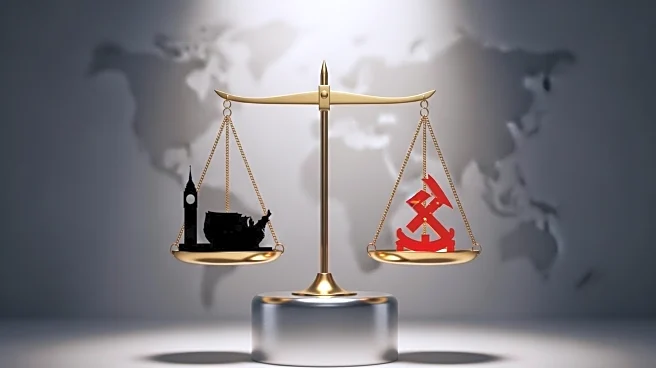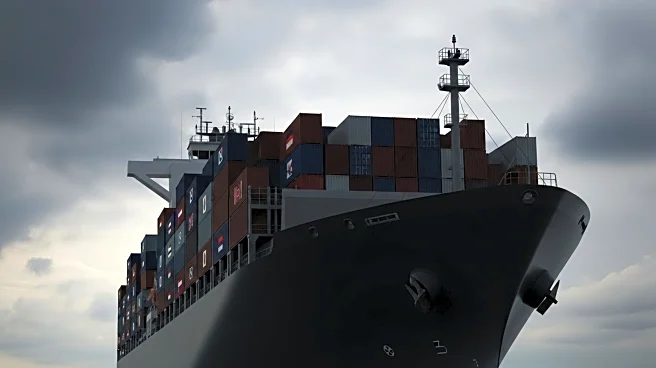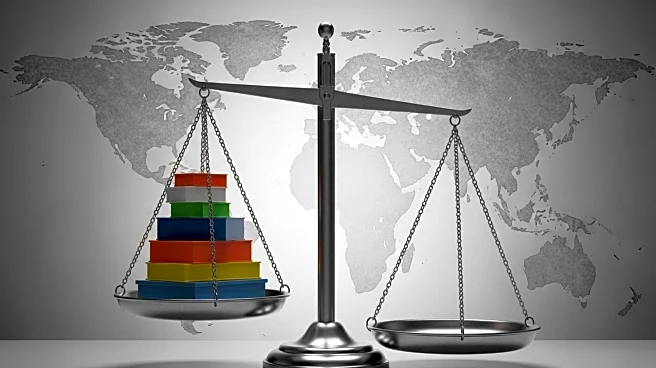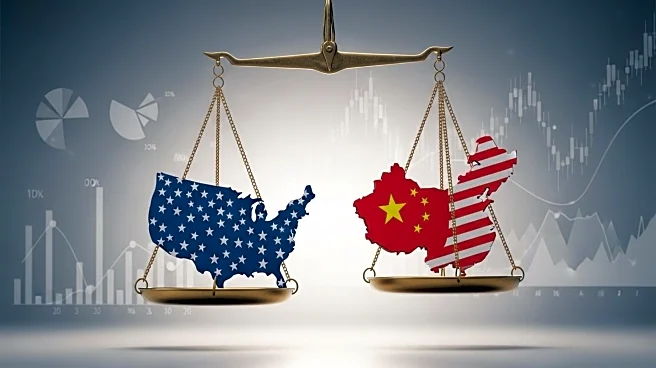What is the story about?
What's Happening?
President Trump has announced a new set of tariffs targeting Chinese imports, specifically kitchen cabinets, furniture, and lumber. This move is part of the ongoing trade war between the United States and China, which has seen escalating tensions and economic measures from both sides. The tariffs are intended to protect domestic industries from foreign competition and are a continuation of previous trade policies implemented by the Trump administration. The announcement was made on Tuesday, following earlier actions that imposed fees on Chinese vessels docking at American ports.
Why It's Important?
The imposition of new tariffs by President Trump is significant as it further strains U.S.-China trade relations, potentially impacting global markets and supply chains. American consumers and businesses may face higher prices for imported goods, while domestic manufacturers could benefit from reduced competition. However, the tariffs could also lead to retaliatory measures from China, affecting U.S. exports and international trade dynamics. The decision underscores the administration's focus on economic nationalism and its efforts to bolster American manufacturing.
What's Next?
The next steps may involve negotiations between the U.S. and China to address the trade imbalances and tariff disputes. Stakeholders, including industry leaders and policymakers, will likely monitor the situation closely to assess the impact on the economy and international relations. There may be calls for diplomatic engagement to prevent further escalation and to seek mutually beneficial trade agreements. The response from China, whether through counter-tariffs or diplomatic channels, will be crucial in determining the future trajectory of U.S.-China trade relations.
Beyond the Headlines
The broader implications of the tariffs could include shifts in global supply chains as companies seek to mitigate the impact of increased costs. There may be ethical considerations regarding the use of tariffs as a tool for economic leverage, and the potential for long-term changes in trade policy and international economic cooperation. The situation highlights the complexities of global trade and the challenges of balancing domestic interests with international partnerships.
AI Generated Content
Do you find this article useful?
